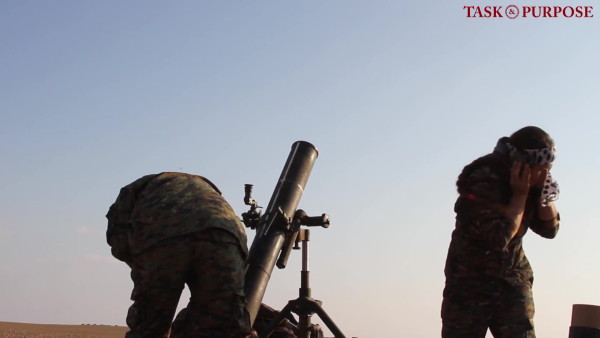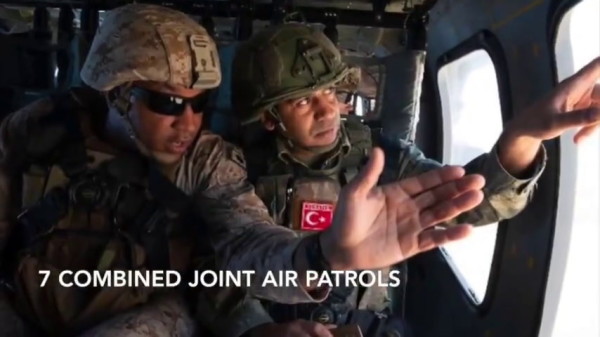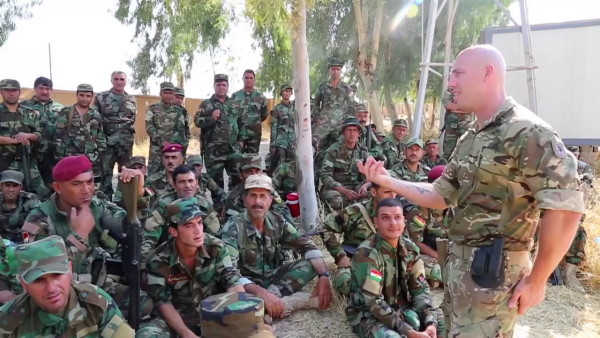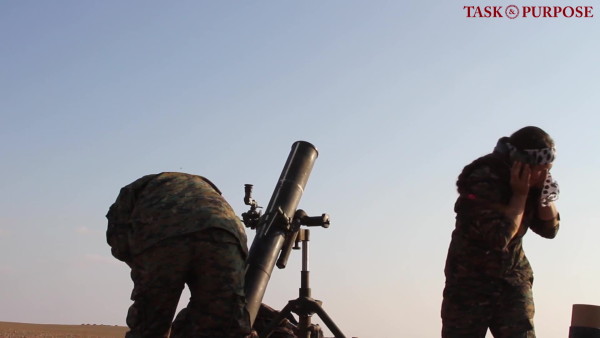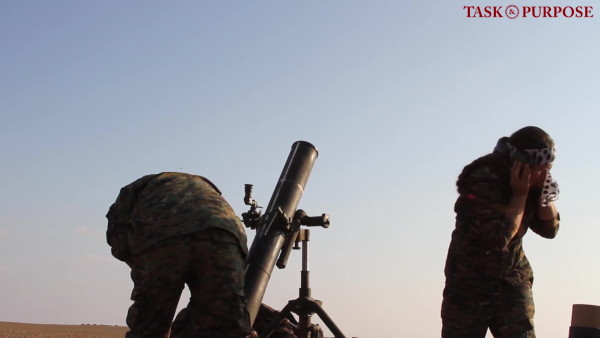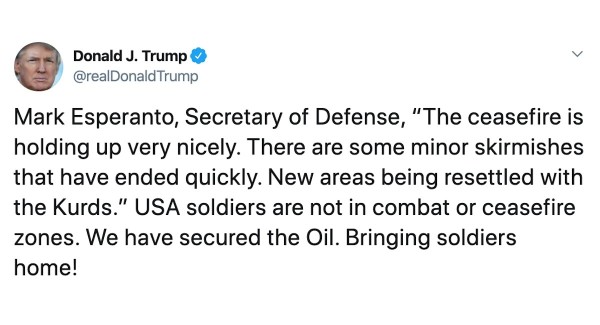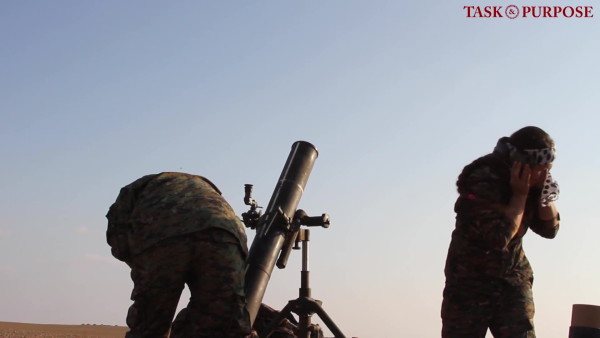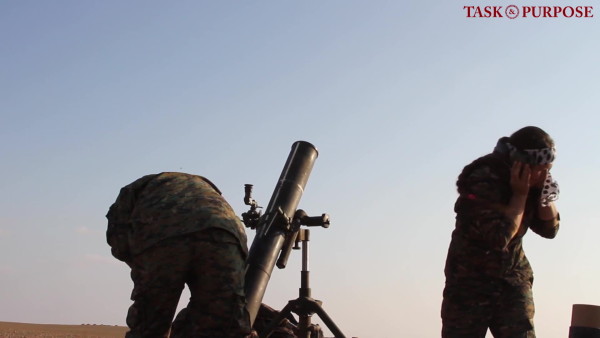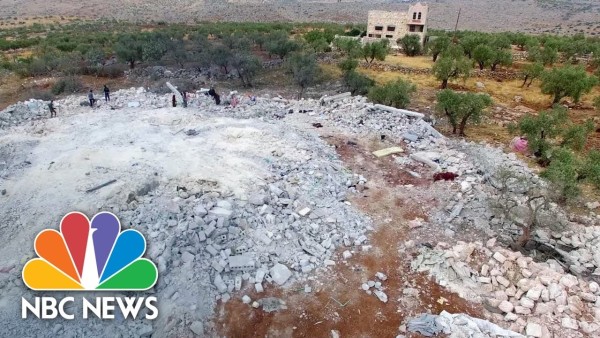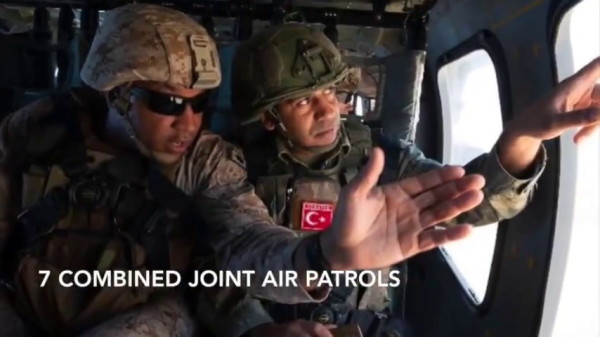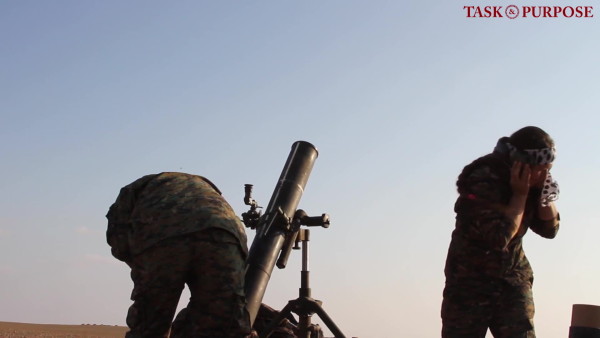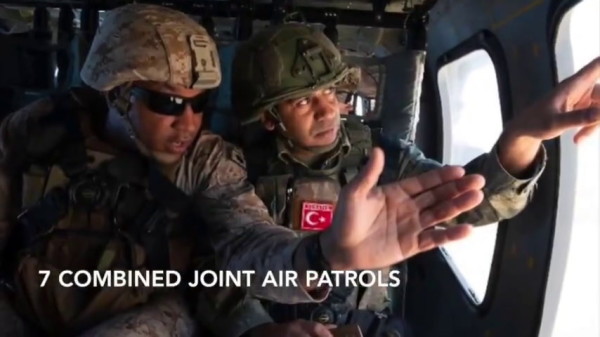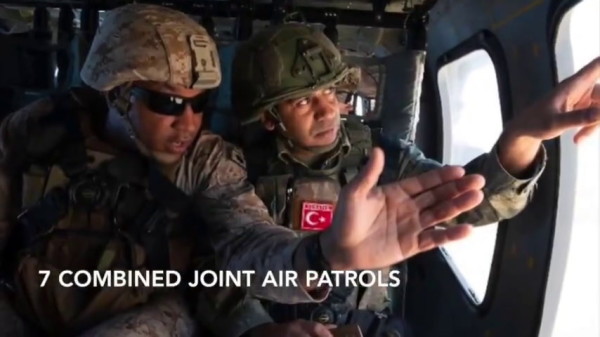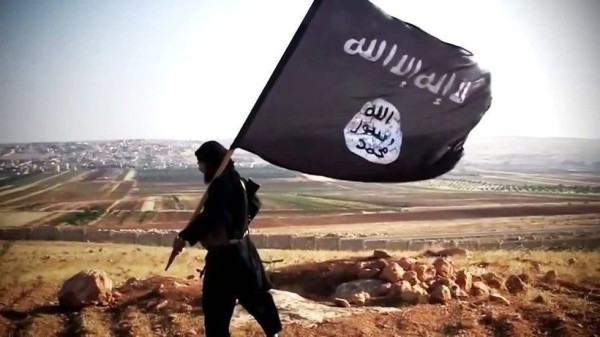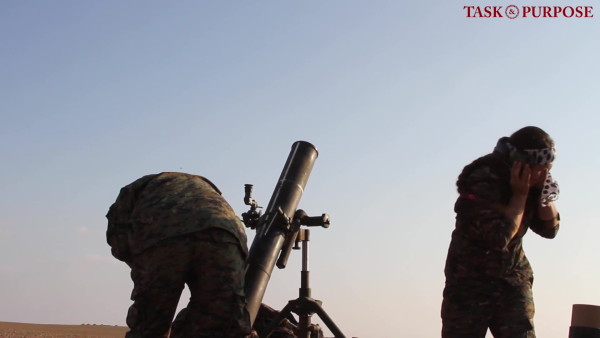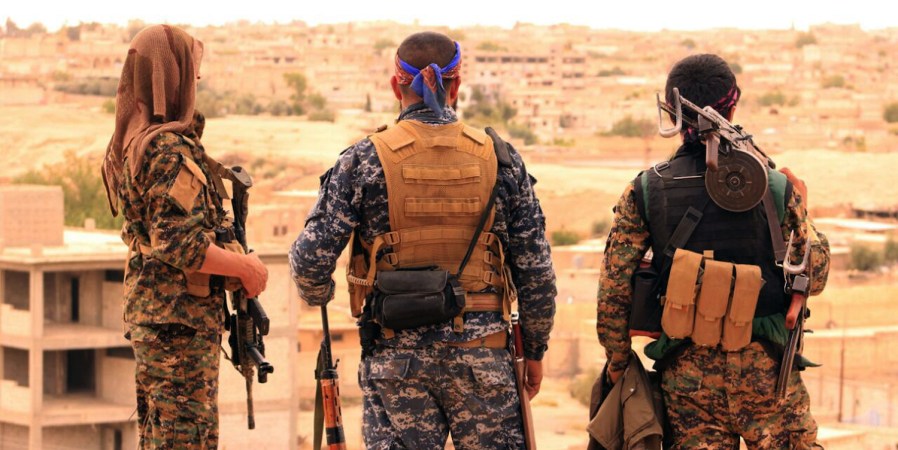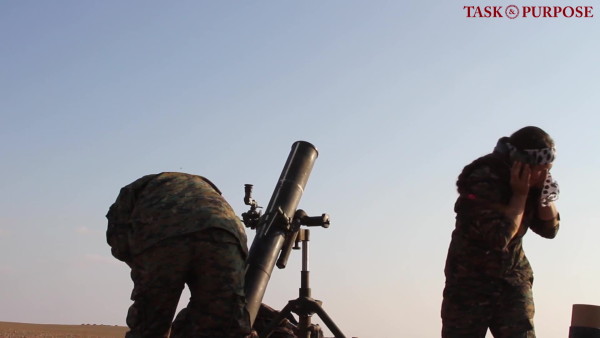President Donald Trump’s
abrupt withdrawal of U.S. troops from northeastern Syria and subsequent Turkish military invasion created an opening for ISIS to stage a bloody comeback, according to a new Pentagon inspector general report.
- On Oct. 6, Trump acquiesced to Turkish demands that U.S. forces withdraw from northeast Syria ahead of a planned offensive against the Kurdish fighters who have fought alongside U.S. troops to destroy ISIS’s former caliphate.
- The DoD OIG report on the Operations Inherent Resolve mission to defeat ISIS in Iraq and Syria, which covers a time period from July 1 to Oct. 25, found that the chaos wrought by the Turkish invasion allowed ISIS to “reconstitute capabilities and resources within Syria and strengthen its ability to plan attacks abroad.”
- As a result, ISIS is now “postured to withstand” the death of leader Abu Bakr al-Baghdadi and resulting blow to its chain of command, capable of maintaining “continuity of operations, global cohesion, and at least its current trajectory,” according to a Defense Intelligence Agency (DIA) assessment cited in the report.
- “Additionally, according to the DIA, ISIS will likely have the “time and space” to target the West and provide support to its global branches and networks, and in the longer term, ISIS will probably seek to regain control of some Syrianpopulation centers and expand its global footprint,” lead inspector general Glenn A. Fine wrote in his message to lawmakers.
- On Oct. 23, Trump proclaimed the U.S. mission in Syria effectively over: “Turkey, Syria, and all forms of the Kurds have been fighting for centuries. We have done them a great service and we’ve done a great job for all of them — and now we’re getting out.”
- In the aftermath of the al-Baghdadi raid, however, a senior State Department official stated that the United States planned on bolstering the anti-ISIS coalition in northeast Syria: “There was never an idea that we would abandon the mission of going after ISIS. … This is a major effort that is continuing.”
- Regardless, U.S. mechanized forces currently remain in eastern Syia to protect oil fields around Deir ez-Zor, even though there isn’t really much there to protect.

